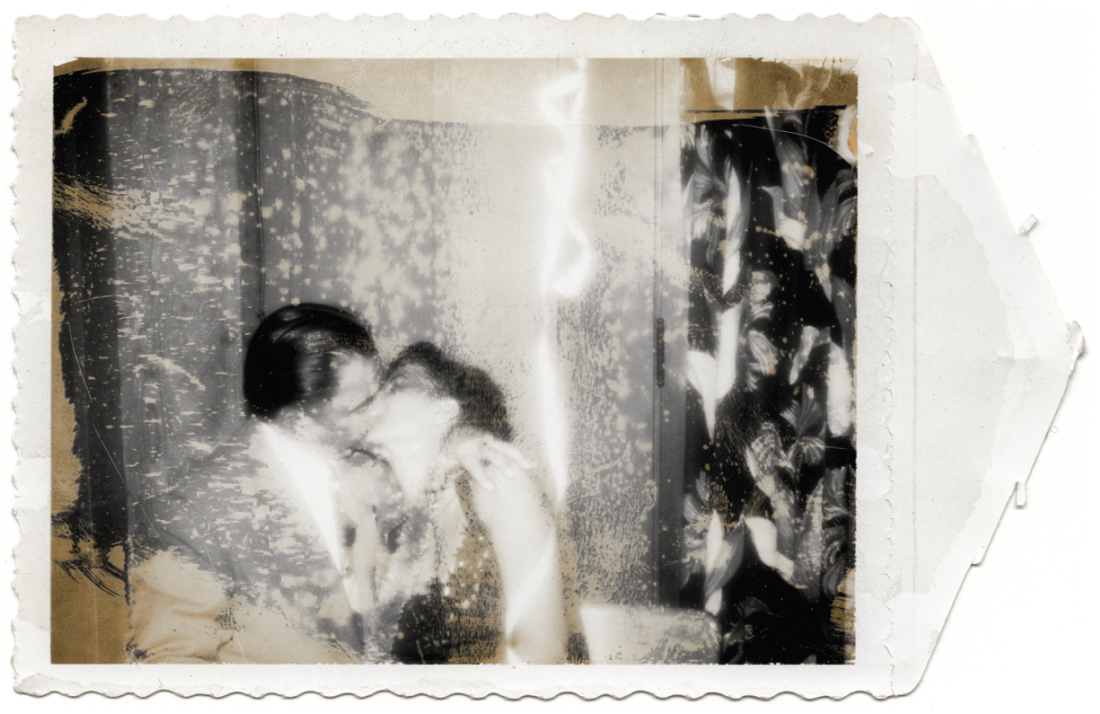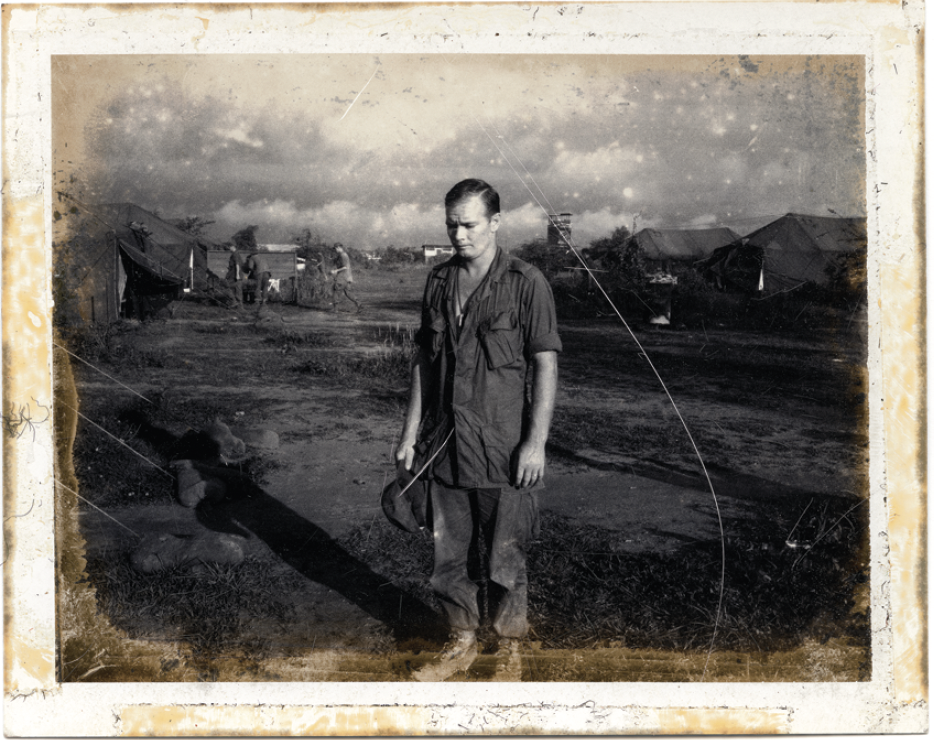William Eakin
I spent a lot of time this past summer watching home movies. Scenes of children playing on suburban front lawns and families frolicking in the surf on beachside holidays. The distortions of amateur camera work and the decay of age did nothing to stop them from being instantly familiar. I knew these men and women, I recognized their children, I saw something of myself in these movies. Which is not to say they were my own.
My wife was working on a short film comprised exclusively of found footage, its voiceover taken from interviews with American soldiers who had gone AWOL to protest the war in Iraq, and she was looking for domestic scenes to match up with her subjects’ backgrounds. Her source for this material was an online outlet called the Prelinger Archives, a collection of what curator Rick Prelinger refers to as “Ephemeral Films” that include advertising, educational, industrial and (most importantly) amateur movies. As I watched these remnants of other people’s lives, it quickly became apparent to me that my wife’s found film was someone else’s lost memory. But moving back through time’s unexplained mishaps and neglect, I could only vaguely make out the original index of these celluloid documents. The event had been important enough to capture, but between the snap of the shutter and the results appearing before my eyes, there were any number of possibilities for the route taken. The most tragic outcome of such a journey, however, was that the joy of that first moment had been abandoned. Roland Barthes considered every photograph a memento mori—that is, a reminder, “you will die”—but he also could have phrased it, “remember, you will be forgotten.” Which, in a way, is even sadder.

William Eakin, Fading Dream 107, 2009, pigment print on archival paper, 17 x 22”. © William Eakin. Courtesy Stephen Bulger Gallery, Toronto.
Winnipeg-based artist William Eakin, familiar to many as a collector of lost, undervalued mementos such as bottle caps, trophies or cowboy figurines, turns his camera to forgotten-then-found photographs in his most recent exhibition at Toronto’s Stephen Bulger Gallery. While perusing his selection of scanned, enlarged and re-presented Polaroids, I had a realization similar to when I came upon the remnants of the Prelinger Archive. Any appreciation of the almost unintentional beauty is tempered by a feeling of regret, a sense of loss, not mine but someone else’s, and that is followed by the sinking feeling that one day my memories will also be scrapped, either permanently forgotten or, in a long shot, rediscovered by someone who sees them as free floating signifiers of a lost time, uncanny scenes abstracted from their intimate context and left as ciphers to represent an underlying idea of family or youth or innocence or hope.
Eakin’s images were chosen to capture a sense of optimism that coincided with the popularity of Polaroid film. In the midst of our present mode of perpetual recording (through QuickTime cameras, cell phones, iPhones, Flip cameras and the like) where not a moment goes by without being documented (so much so that we neglect memories through over-recording, we record events rather than experience them, holding off that pleasure to a later that never comes), we only get a sense of the unique quality of certain images from years past when we discover how relatively few of them there are. Eakin locates this aura in his lost/found Polaroids. Lacking a negative, this type of photograph is an outsider among mechanically reproduced images; there is only ever one original. Polaroid technology compresses the darkroom into a single sheet of paper that emerges from the camera blank and then slowly, magically, comes into view, quicker than even an Instamatic, forming itself before your very eyes. The wonder of the medium is somehow transferred to the scene depicted, and Eakin’s best images either radiate with a light that threatens to obliterate the figures within or frame their subjects in a shard of light that struggles against an enveloping blackness.

William Eakin, Fading Dream 299, 2009, pigment print on archival paper, 17 x 22”. © William Eakin. Courtesy Stephen Bulger Gallery, Toronto.
But that’s not the only issue here. Eakin’s photos aren’t just found, they’re also saved. Once at risk of being lost in the same way the doctor in the hospital drama on television says of a dying patient, “we lost him,” these pictures almost expired. The chemicals aren’t perfect, and the pictures flake or fade, become washed out or damaged in some way. They too are mortal, and Eakin has held them at their moment of fragile decline, pinning them to an age of youthful beauty (in two strangely out-of-place nude pin-up pics) or moments so joyous (the hot tub party, Halloween) or monumental (the airplane ride, the war) that somebody somewhere recorded them for posterity. Eakin has simply, elegantly extended the gesture. ❚
“Fading Dream” was exhibited at Stephen Bulger Gallery in Toronto from June 10 to July 18.
Terence Dick is a writer who lives in Toronto. He is the Toronto correspondent and editor for www.akimbo.ca.

